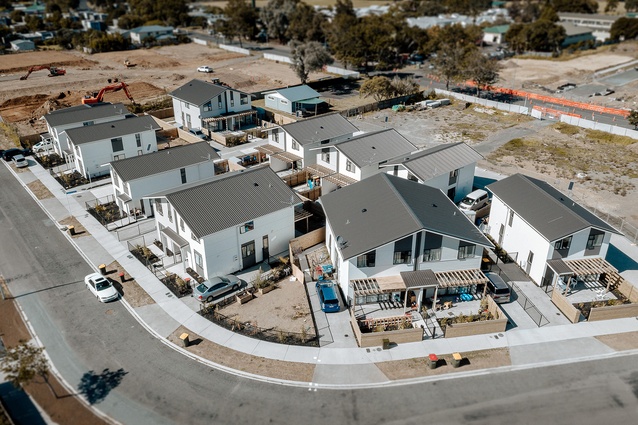State housing: The new generation
Peddlethorp's Manuel Diaz explores the changing face of state housing in New Zealand and reflects on the firm's work on recent community housing projects.
The first state house was built in New Zealand in the 1930s. Many of these icons of New Zealand architecture are still standing today, providing living spaces for Kiwis all over the country.
At Peddlethorp, we’re proud to work with Kāinga Ora – Homes and Communities on several recent housing projects in Auckland. These include sites in Mangere, Mt Roskill, Owairaka, Mt Wellington and Papatoetoe.
What has changed in the last century?
Since the 1930s, construction technology and housing typologies for state homes have multiplied; today we have semi-detached, townhouses, medium and high-density developments, all over the country.
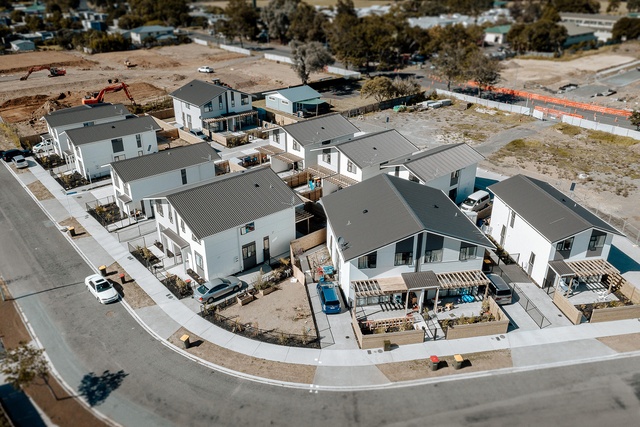
We now expect homes to be dry, warm, safe and healthy, with performance expectations rising as construction technology and research evolve. From the first planning session through the entire design phase, there is a focus on wellbeing, with state homes built to exceed current minimum Building Code standards.
Energy sustainability is also top of mind, with homes future-proofed for energy consumption and sustainability; the baseline is now NZGBC Homestar 6 and that is likely to continue to evolve.
For our team, working with Kāinga Ora, has provided us with an opportunity to grow our cultural engagement abilities as well as improve our processes to deliver streamlined and efficient Resource Consent packages. With New Zealanders of multiple different backgrounds living in these homes, cultural context is embedded in the design, from site layout to material selection and details.
Rooms can be easily modified if required, as families grow and shrink as children leave. We also build with bigger families in mind, with rooms that are larger than most standard private builds to accommodate different cultural backgrounds and ways of life.
As we have an aging population in New Zealand, our designs must consider reduced mobility, lighting levels, the use of contrasting materials on access routes.
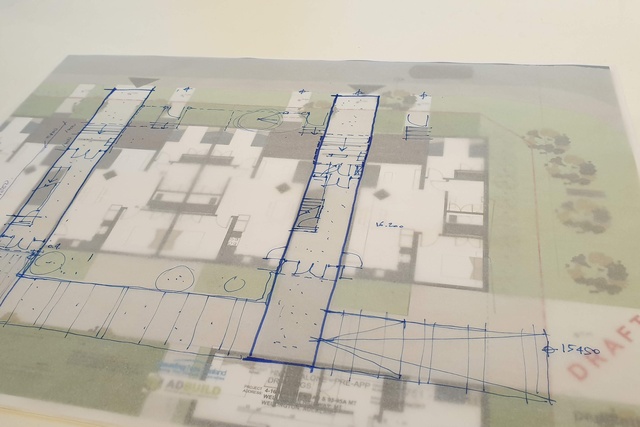
Challenges today
The challenges of working in state housing today echo those across the sector: construction costs and extended timelines. At times, the architect’s ability to reduce construction costs is often missed or underestimated. Yet through the use of rational designs, standardised typologies and modular building forms, we are reducing cost and time in the delivery of projects.
Recent developments due to COVID-19 are likely to see Resource Management Act changes that speed up the process for housing.
At Peddlethorp, we welcome any legislative changes that allow us to speed up the process of design and consents for our projects. Environmental, social and safety considerations are integral to our designs, and we are confident in our internal processes and abilities to build efficiently and to a high standard.
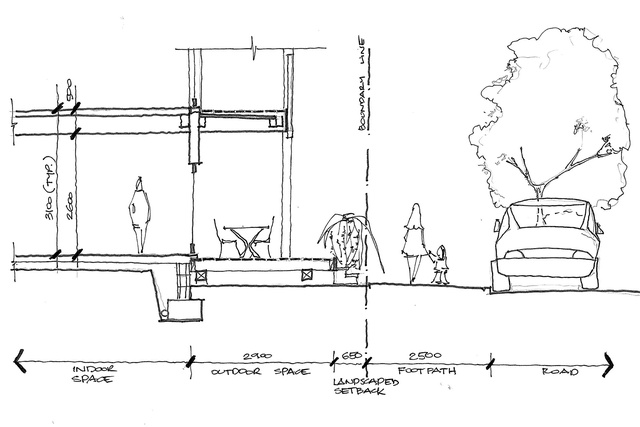
Internally, we speed processes from the initial set out by ensuring clarity of expectations for planning and urban design outcomes, and clarity of compliance pathways: “document once and document right” should lead to speedier consenting and construction timeframes, with fewer on-site changes.
Where possible, we recommend avoiding revisiting decisions that were made earlier in the process and establishing clear checks and approval processes. Having a linear process enables us to work to planned budgets and timelines, reducing the need for costly changes, extensions and delays. Our goal for all our clients is to lock decisions in as we go; this creates certainty for our team and for our clients.
Early consultation is also essential: make sure to identify key stakeholders before any design has taken place; for example, Auckland Council, affected parties, and mana whenua.
At Peddlethorp, we would like to see further change in relation to regulations and authorities. While we think Auckland Council has made great progress in streamlining processes through the establishment of Premium Teams, there remains plenty of room for improvement to expedite the consenting timeframes across both Resource and Building Consents.

Opportunities for developers and architects
Having worked with Kāinga Ora on multiple developments, we recognise that a core benefit of working with its team is the strong drive to deliver high-quality urban spaces with architectural merit. The team’s focus is on building homes and communities while delivering high-quality urban design that benefits not just their sites, but also the surrounding neighbourhoods. This leaves open the door for master planners to take learnings from other sectors, such as the retirement sector, which build with community in mind.
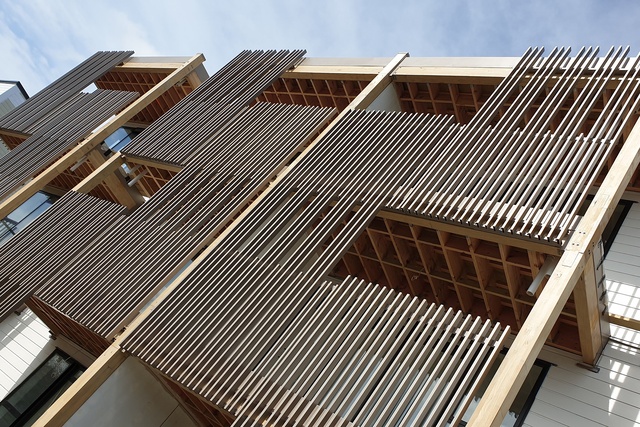
In a post-COVID-19 world, architects will be looking to create multi-purpose spaces that will enable people to have quiet space to focus while working from home. We may also see reduced reliance on individual cars and increased emphasis on communal spaces to grow food. There are exciting opportunities for architects and planners because the Kāinga Ora team is open to new ideas and appreciates good design—always with the occupant in mind.
In our work with Kāinga Ora to date, we have utilised learnings of rapid delivery projects to improve the process and delivery of final buildings. In Mangere, for instance, we drew on our prefab experience developing The Grounds complex in Hobsonville, which used standardised and modular design to reduce complexity (and cost).
Conclusion
We believe that social housing done right offers a chance for urban regeneration and growth. Why should social housing be pushed out to the suburbs? Why not have warm and safe homes that bring life and add vibrancy to communities across the country?

Look around you today and you will see that state housing doesn’t mean compromising on quality or comfort. Indeed, public housing provides an opportunity for the building industry to lift its game and to go beyond the basic level of compliance.
In the wake of COVID-19, we are seeing a once-in-a-generation opportunity to deliver great urban spaces and a chance for true regeneration. This is an opportunity for us as an industry, as architects, and as city dwellers to embrace social housing to bring about the best possible outcome for our society and cities as a whole.

